Spring tea leaves in Doushuai Isle enter picking season
2025-04-02
The spring tea leaves on Doushuai Isle of Dongjiang Lake Scenic Area have entered the picking season and tea farmers are busy picking tea leaves.
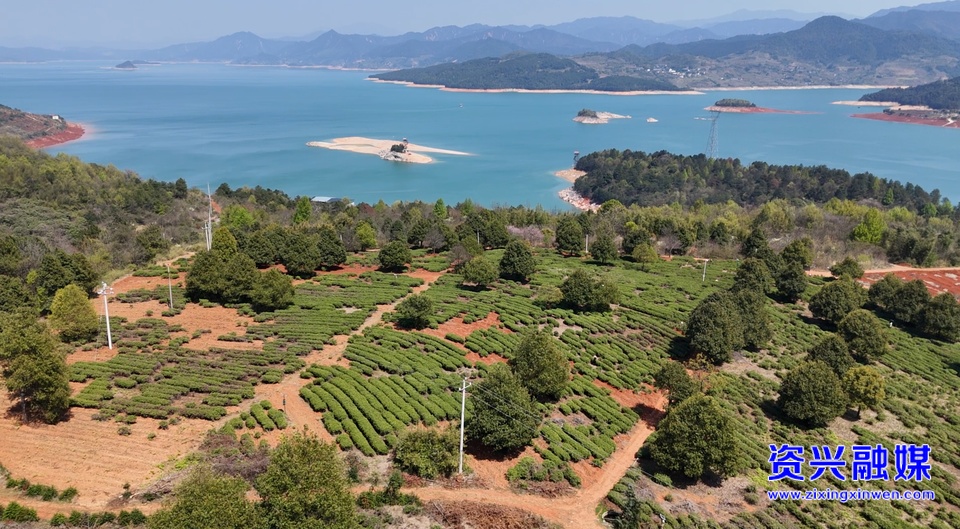
Doushuai Isle is the largest island on Dongjiang Lake. In the late 1980s, the Fruit Tree Research Institute of Dongjiang Reservoir Management Bureau tried planting tea trees here.
Surrounded by the lake, the water vapor makes the soil full of moisture that tea likes. Coupled with the unique microclimate of Dongjiang Lake’s reservoir area, the tea here has a fresh and mellow taste, and tea leaves here are sold a week earlier than other places.
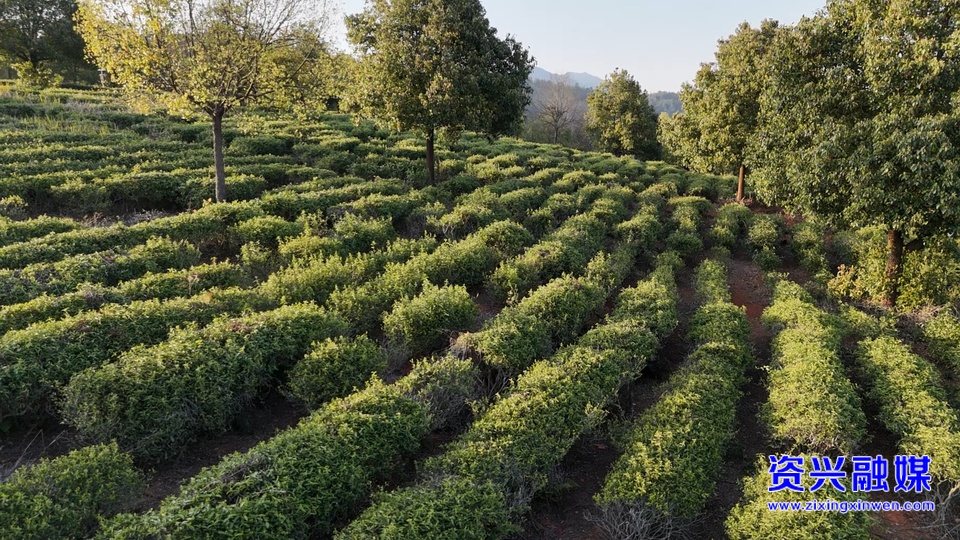
“We only pick spring tea leaves here due to labor shortage, and we don't pick summer and autumn tea leaves. It’s also a process of accumulating nutrients, so the quality of spring tea leaves is very good.” Xiao Wenbo, the general manager of Yaoling Tea Factory in Zixing City, said that they received tea orders more than 20 days ago and orders have been scheduled until April.
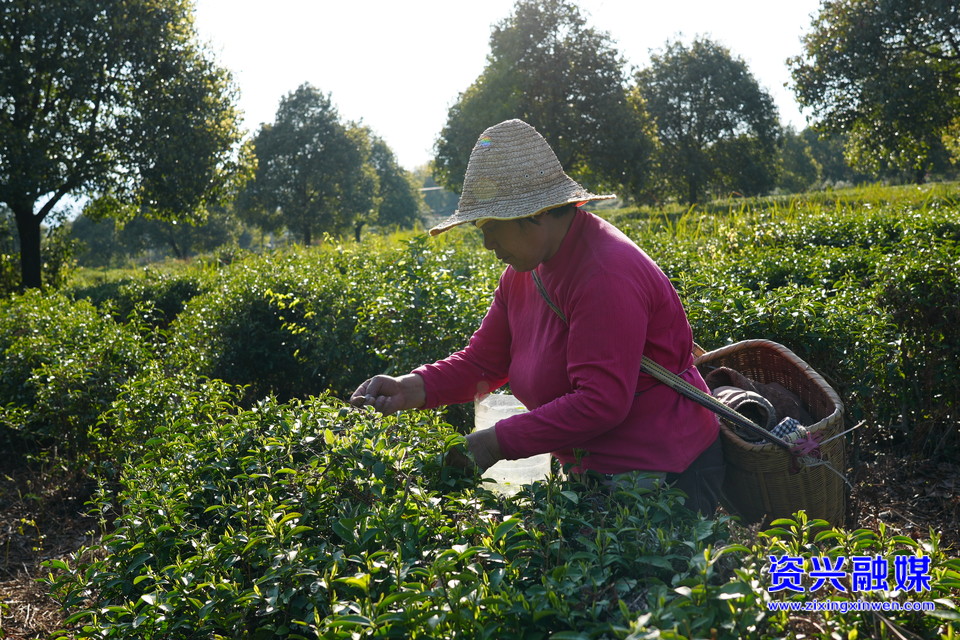
To ensure the freshness of tea leaves, tea makers collect tea leaves twice a day, and tea farmers also remove the scale-like leaves before delivery to ensure the quality of tea leaves. At night, tea will be made after multiple processes from the tea leaves delivered the same day to keep its freshness.
The spring tea leaves can be harvested until mid April, with an annual output of 1,500 kg and a production value of over 600,000 yuan.
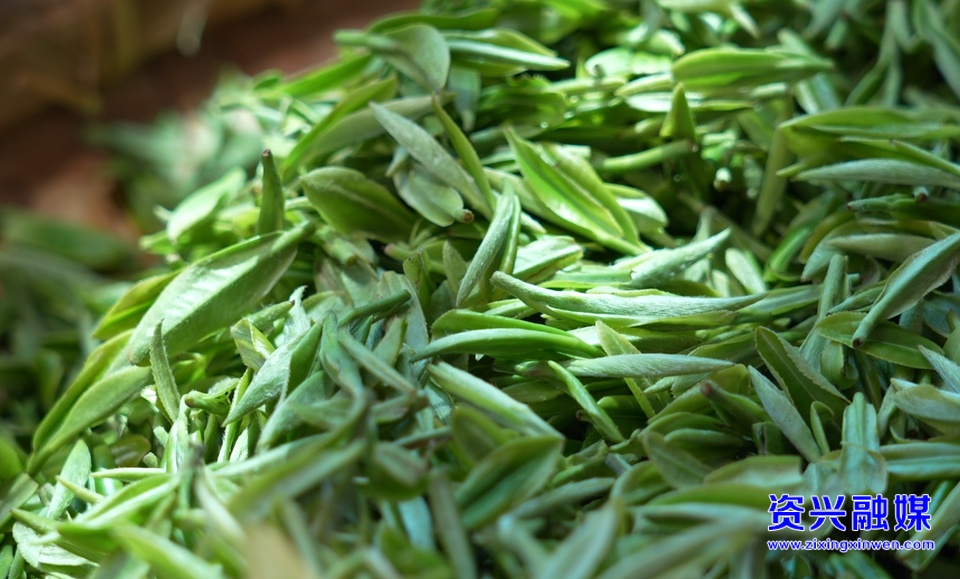
In recent years, the city government has relied on the favorable ecological conditions of the Dongjiang Lake reservoir area and provided supporting policies and measures to encourage residents to develop the tea industry.
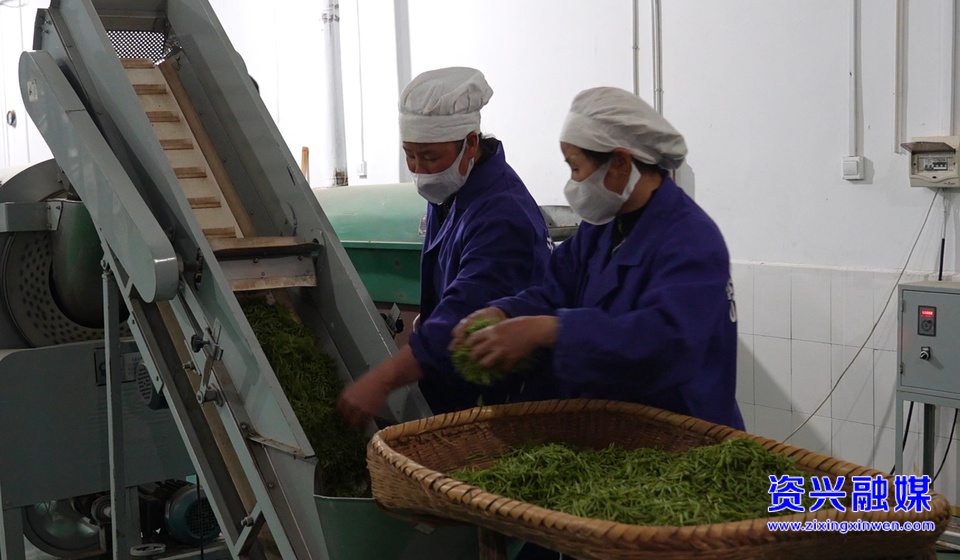
Now, there are over 90,000 mu (6,000 hectares) of tea gardens with an annual total output value exceeding 540 million yuan. “Dongjiang Lake Tea” has become a national geographical indication product.
Chinese source: hunantoday




